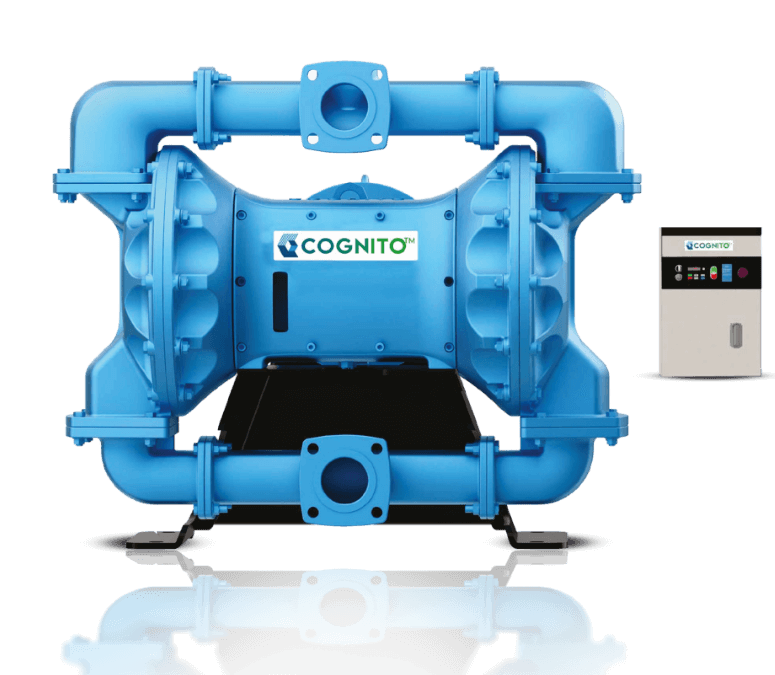The Pros and Cons of Fire Fighting Monitors & Nozzles

The Pros and Cons of Fire Fighting Monitors & Nozzles
Firefighting monitors and nozzles play a
crucial role in fire suppression systems by delivering water or foam to
effectively put out fires. They come in varieties, such as fixed monitors for high-risk
zones, foldable monitors for quick responses, sleep action monitors for
automated coverage, and remote-controlled monitors for added safety
measures.
Firefighting monitors are usually crafted
from materials such as brass or stainless steel to endure tough conditions and
corrosive substances. They are created to manage higher levels of flow and
pressure in order to guarantee efficient fire control. These monitors find
application in industrial facilities, marine and offshore platforms, chemical
plants, and airports.
Types of Firefighting Nozzles that Work
with Monitors
Firefighting nozzles
are parts of firefighting systems as they are made to efficiently dispense
water or foam in emergency situations. There are different kinds available,
like jet nozzles for focused streams, fog nozzles for creating a mist,
self-mix nozzles for automatically blending foam, and combo nozzles for
adapting to varied firefighting circumstances.
Characteristics of Firefighting Nozzles
that Work with Monitors
Firefight nozzels come with varying flow
rates and spray patterns to match different fire situations. They are
constructed from durable materials to guarantee durability and trustworthiness.
Some versions even include automatic pressure control for consistent
performance, which improves their efficiency in firefight operations.
Some Brands and Models of Fire Fighting
Monitors
Angus Fire is well known for its HI COMBAT
series and Monsoon range of equipment. Dräger is another brand and the most
noteworthy is Akron Brass. These brands offer a variety of firefighting
tools such as manual and electric monitors provided and brass and stainless
steel water cannons to support fire suppression efforts in critical settings. Firefight
monitors play a role in fire control by providing various benefits. However,
there are certain drawbacks as well.
Pros of Firefighting Monitors
·
Improved Safety
Firefighting monitors come with safety
features that help protect firefighters from heat exposure and harmful fumes
while minimising physical risks by allowing remote operation technology to
handle the delivery of water or foam in significant quantities to swiftly
contain and halt the spread of large fires.
·
Effectiveness without
wasting time or resources
Firefighting monitors
have been designed to enhance effectiveness by increasing efficiency levels. Their
portability and ease of setup in critical situations is another plus. The
oscillating and remote-controlled
monitors are particularly useful as they can cover large areas without
the need for manual control. This capability aids in ensuring fire suppression
and faster containment measures during firefighting operations.
·
Adaptability
Firefight monitors are versatile in their
use. They can be applied in different settings, like industrial sites as well
as marine and airport locations. The ability to customise flow rates and spray
patterns in monitors helps them respond effectively to diverse fire situations,
ensuring efficient fire control across various environments.
·
Longevity
Firefight monitors are made from materials
like brass and stainless steel to withstand tough conditions and corrosive
settings effectively. They're built to last long and be dependable in fire
suppression setups.
Cons of Firefighting Monitors
·
Expensive
Investing in monitors can be quite costly as
they are built with cutting-edge technology and sturdy materials that require
regular upkeep to function at their best capacity—this maintenance adds to the
total cost incurred over time. When planning for firefighting equipment
expenses in your budget, considerations should account for both the purchasing
and setting up costs as well as the recurring maintenance charges.
·
Complications
Operating firefighting monitors, such as remote-controlled
and oscillating ones, demands training for firefighters to handle them
effectively and safely. Firefighters may encounter challenges with advanced
monitors equipped with electronic controls that demand skilled professionals
for resolving issues and conducting repairs.
·
Getting around
Firefight monitors, like fixed ones, are not
easily portable since they're set in place and can't be relocated easily, which
may limit their effectiveness in changing fire scenarios. Portable monitors too
can be cumbersome to move due to their weight and size, making it difficult to
transport and set up promptly. These aspects need to be taken into account when
choosing firefight equipment for settings and circumstances.
·
Water Requirements
Firefighting monitors depend heavily upon an
ample water source for optimal functionality, which can pose difficulties in
regions lacking access to abundant water resources or facing remoteness
challenges. Ensuring the presence of water supply infrastructure and resources
is crucial to facilitate the practical use of firefight monitors.
Firefight monitors
are highly valuable in high-risk settings because of their effectiveness in
ensuring safety and adaptability to different situations. However, it is
crucial to take into account their expenses, intricacy, and need for water when
incorporating them into a fire prevention plan.
Conclusion
Firefighting monitors provide benefits such as improved safety and efficiency in fire control systems while being durable and versatile tools essential for effective fire protection measures in place. However, investing in monitors can be a substantial commitment that demands specialised expertise and regular maintenance. Organisations must carefully evaluate their mobility and water requirements to determine the suitability of monitors for their particular circumstances and surroundings. By assessing the advantages and disadvantages at hand, organisations can confidently decide whether firefight monitoring systems align with their specific needs and settings.



Comments
Post a Comment